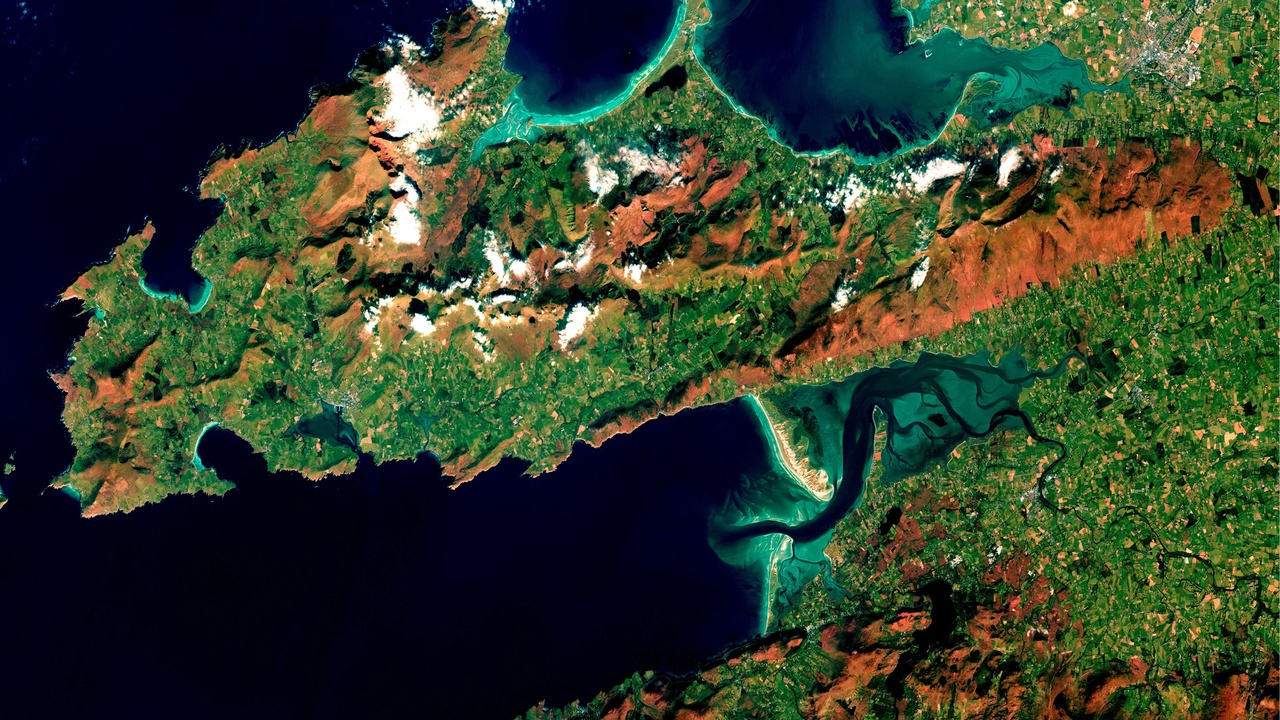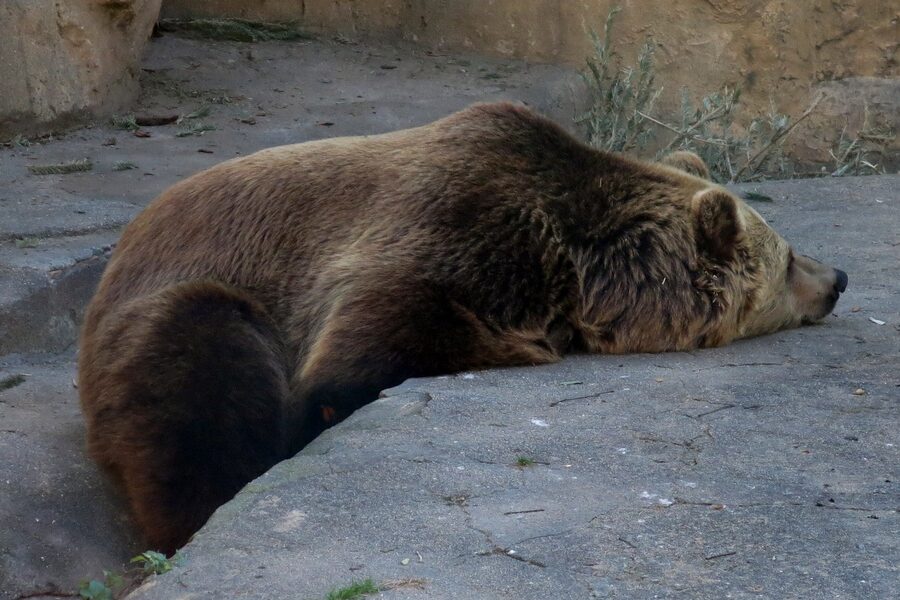In 1899, Henry C. Cowles published field observations from the Lake Michigan sand dunes that helped launch succession as a scientific idea. Cowles showed clear sequences of plants moving from bare sand to grass, then shrubs, and finally to woodland, and that work (published in 1899) anchored a century of follow-up studies.
Many landscapes today are changing because of disturbance and restoration, and the paths they take depend on how plant communities develop over time. Plant succession — the predictable changes in plant communities over time — explains how ecosystems form, recover, and respond to disturbance; understanding ten key facts about it reveals why succession matters for conservation, climate, and land use.
Below are ten clear, evidence-backed facts organized into foundations, mechanisms, and applications, starting with the history that shaped the field.
Foundations and History of Succession
1. Early observations and definitions set the field (1899–1916)
Naturalists at the turn of the 20th century documented predictable vegetation change and gave the process a name. Henry C. Cowles’ 1899 work on the Lake Michigan sand dunes showed orderly sequences of colonizing plants across space that implied a temporal progression.
F.E. Clements synthesized many examples in the early 1900s (notably around 1916), describing succession as a directional process leading to a “climax” community. That framework made succession an explicit target for later restoration planning.
2. Primary vs. secondary succession: different starts, similar processes
Primary succession begins on new substrate with no soil, while secondary succession follows disturbance where soil and seed banks remain. Glacier Bay (Alaska) chronosequences—spanning roughly 200–250 years since deglaciation—are classic primary-succession studies showing soil and communities building from bare ground.
By contrast, the Mount St. Helens eruption (1980) produced well-studied secondary succession where surviving soil patches and nearby seed sources sped recovery. The distinction matters for management because initial conditions strongly influence timescales and the choice of restoration tactics.
3. Succession was once seen as linear but now is seen as variable
Clements’ climax model treated succession as a largely linear march toward a stable end point, but later ecologists like H.A. Gleason argued for an individualistic view in which species respond independently to environment.
Contemporary work shows multiple trajectories and alternative stable states on similar sites, so managers often set flexible restoration goals rather than aiming for a single historical climax community.
Mechanisms and Patterns
4. Pioneer species prepare the site—soil forms from rock and biomass
Pioneer organisms—lichens, mosses, hardy grasses—physically and chemically alter bare substrates, enabling soil formation through biological weathering and organic matter accumulation.
On fresh volcanic rock or glacial till, lichens and mosses break down minerals while nitrogen-fixing shrubs such as alders (common after glacial retreat) add nutrients, creating conditions that support later trees and forbs. Restoration projects often use pioneers to jump-start this process.
5. Facilitation, inhibition, and tolerance shape trajectories
Classic models explain how species interactions drive succession: facilitation occurs when early colonists improve conditions for others; inhibition happens when pioneers resist newcomers; tolerance describes later species that establish despite pioneers.
Experimental plots have shown both outcomes—for example, shrub removal that reduces competition and speeds tree establishment, and dense moss mats that slow vascular plant recruitment. Which interaction dominates affects how predictable a trajectory will be.
6. Timescales: succession can take decades to centuries
Successional rates vary widely with context. Glacier Bay’s chronosequence covers roughly 200–250 years of post-glacial development, illustrating how primary succession can span centuries.
Secondary succession after disturbances like storms, fire, or the 1980 Mount St. Helens eruption can reach structurally mature stages in decades to a few centuries depending on climate, soil fertility, and disturbance frequency. Managers should set realistic timelines when planning restorations.
Applications and Implications

These 10 facts about plant succession show why knowing successional stages matters for practical decisions in restoration, conservation, carbon planning, and urban design.
7. Restoration ecology uses successional stages as a roadmap
Practitioners often sequence interventions to mimic natural succession: establish pioneers to stabilize substrate and build soil, then introduce later-successional species. That approach reduces failure and long-term maintenance needs.
Examples include prairie restorations that seed dominant grasses first and add forbs later, and coastal dune projects that use marram grass to trap sand. Agencies and groups such as The Nature Conservancy and the National Park Service widely use succession-based plans.
8. Succession affects carbon storage and climate strategies
As communities develop, aboveground biomass and soil organic carbon generally increase, sometimes substantially over decades to centuries. Mature forests often store much more carbon than early-open stages.
Restoration that accelerates successional development can therefore contribute to nature-based climate solutions, but outcomes depend on trajectory—novel or degraded systems may sequester less than historical equivalents, so planning matters.
9. Biodiversity and habitat management depend on successional mosaics
Different species prefer different successional stages; early-open habitats support some songbirds and pollinators, while long-lived forest specialists need mature structure. Creating or maintaining a mosaic of stages boosts landscape-level biodiversity.
Managers (including the U.S. Fish and Wildlife Service) use controlled disturbance—like prescribed fire, mowing, or selective cutting—to keep early successional habitats available for species that depend on them.
10. Urban planning and ‘novel ecosystems’ make succession practical
Cities and heavily altered sites often follow novel successional pathways that differ from historical trajectories. Planners harness spontaneous vegetation on brownfields, green roofs, and roadside strips to provide low-maintenance habitat and ecosystem services.
Urban rewilding projects and green infrastructure designs commonly start with hardy pioneers and allow more diverse plantings to follow, while accepting pragmatic goals for function rather than strict historical fidelity.
Summary
- Historical field studies (notably Cowles’ 1899 dune work and post-1980 Mount St. Helens research) established succession as an observable, theory-building process that still guides practice.
- Pioneer species and processes such as facilitation, inhibition, dispersal, and soil development drive successional change; timescales range from decades in secondary succession to centuries in primary sequences (e.g., Glacier Bay).
- Successional trajectories are variable—multiple endpoints and alternative stable states exist—so restoration targets should be flexible and evidence-based.
- Understanding successional stages improves restoration success, enhances carbon sequestration strategies, supports biodiversity through stage mosaics, and informs pragmatic urban greening and novel-ecosystem management.




